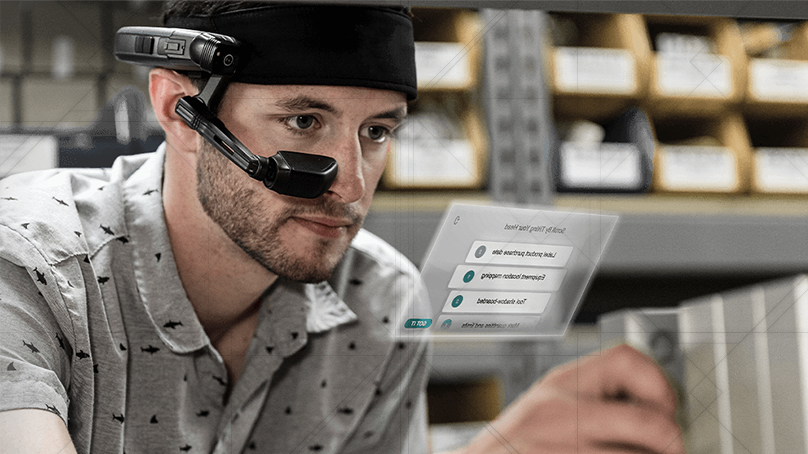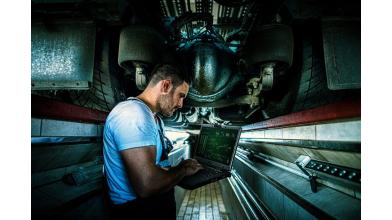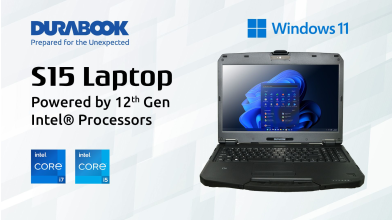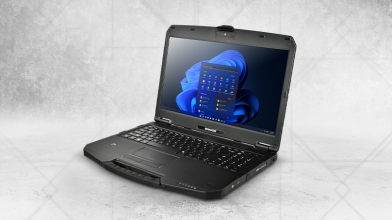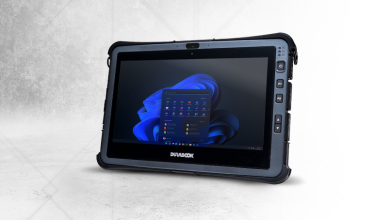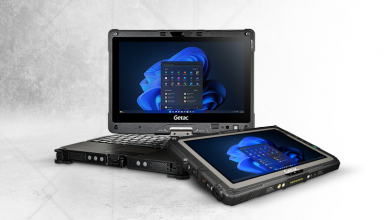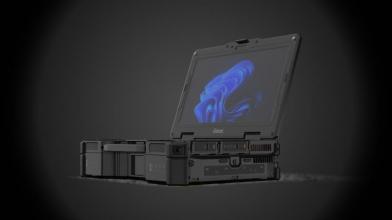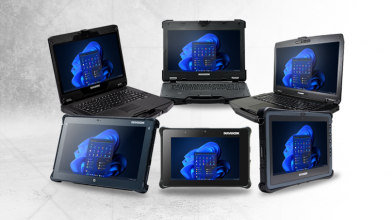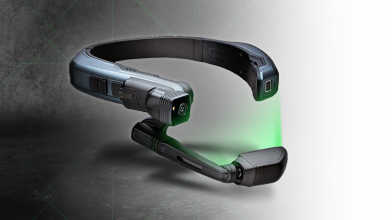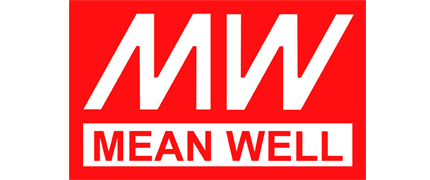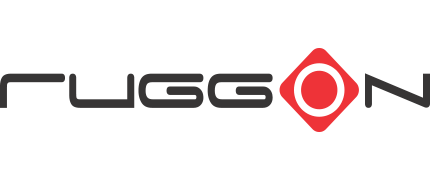
How to move from traditional warehouse methods to Logistics 4.0? One of the tools is AR technology. Discover the benefits it brings to warehouses.
The main goal of intralogistics is to optimize warehouse operations to make them as efficient, accurate, and aligned with modern market demands as possible. The key to a successful transformation is the implementation of advanced technologies such as:
- automation,
- warehouse management systems (WMS),
- augmented reality (AR),
which help companies improve productivity and reduce operational costs.
4 key benefits of transitioning to intralogistics
Implementing new technologies will bring, among others:
- higher efficiency and smoother warehouse operations,
- improved worker safety,
- significantly lower risk of damage to stored goods,
- faster and more efficient document flow within warehouse structures.
The benefits are visible within just a few weeks. The only question remains – which technologies should be used to turn a traditional warehouse into a modern intralogistics center?
Let’s take a closer look.
Augmented Reality: the first step toward intralogistics
Digitizing intralogistics requires breaking down barriers related to process optimization and improving workplace safety. Augmented Reality (AR) is the answer to these needs.
We covered its features and potential in more detail in our previous article. In short: AR is a digital overlay that enhances what we see in the real world. To use this technology, you only need a wearable computer or smart glasses. The content is displayed directly in front of the user’s eye, and can be controlled using voice commands.
AR in intralogistics: practical use
Imagine a typical day in a warehouse. In the morning, an employee gets ready for the day’s tasks – they put on AR glasses that instantly connect to the warehouse system and display a list of today’s priorities. A digital map of the warehouse appears, showing the locations of items to be picked.
Instead of carrying paper documentation or using a traditional scanner, the worker sees step-by-step instructions that guide them to the correct shelves. As they approach the shelf, the glasses automatically scan the product code and verify the selected item. If a mistake occurs, the system issues an alert, eliminating errors.
At noon, during a technical break, the employee notices a machine is not working correctly. Thanks to AR’s diagnostic feature, they can read key data from the device in real time and identify the issue before contacting the service team.
At the end of the day, when order picking is complete, the AR glasses assist with inventory. As the employee moves between shelves, the system automatically updates stock levels. In the meantime, they receive a notification about a change in the loading plan, allowing them to adapt quickly.
Recommended wearable computers
RealWear Arc 3

The latest ultra-light AR solution for warehouses, production and logistics
- 0.49" Full HD Micro-OLED micro-display positioned just in front of the user’s eye,
- 48-megapixel main camera + 8 MP wide-angle camera (120°),
- video recording in 4K/30 fps and 1080p/120 fps,
- fully voice-controlled even in loud warehouse environments thanks to 4 microphones and noise reduction,
- ultra-light design – only 175 g, enabling all-day use,
- USB-C, Wi-Fi, Bluetooth BLE connectivity and a convenient docking station for charging.
RealWear Navigator 520
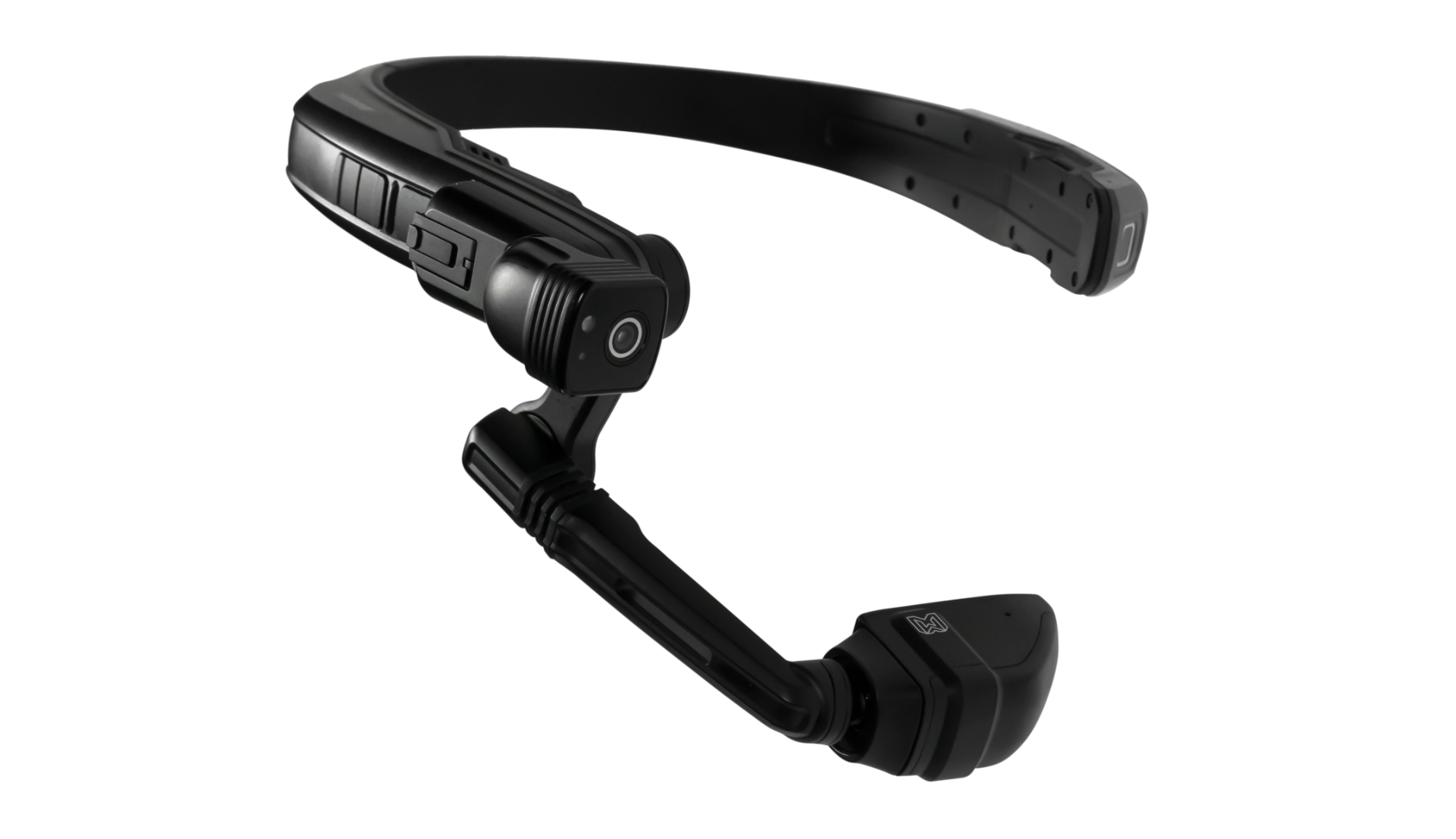
Rugged AR solution with HyperDisplay screen
- the largest HD display in the RealWear product line, positioned directly in front of the user’s eye,
- fully-featured Android-based computer designed for head-mounted use,
- built-in 48MP camera with optical image stabilization,
- voice command support in Polish,
- resistant to water (IP66) and 2m drops (MIL-STD-810H).
Vuzix M4000
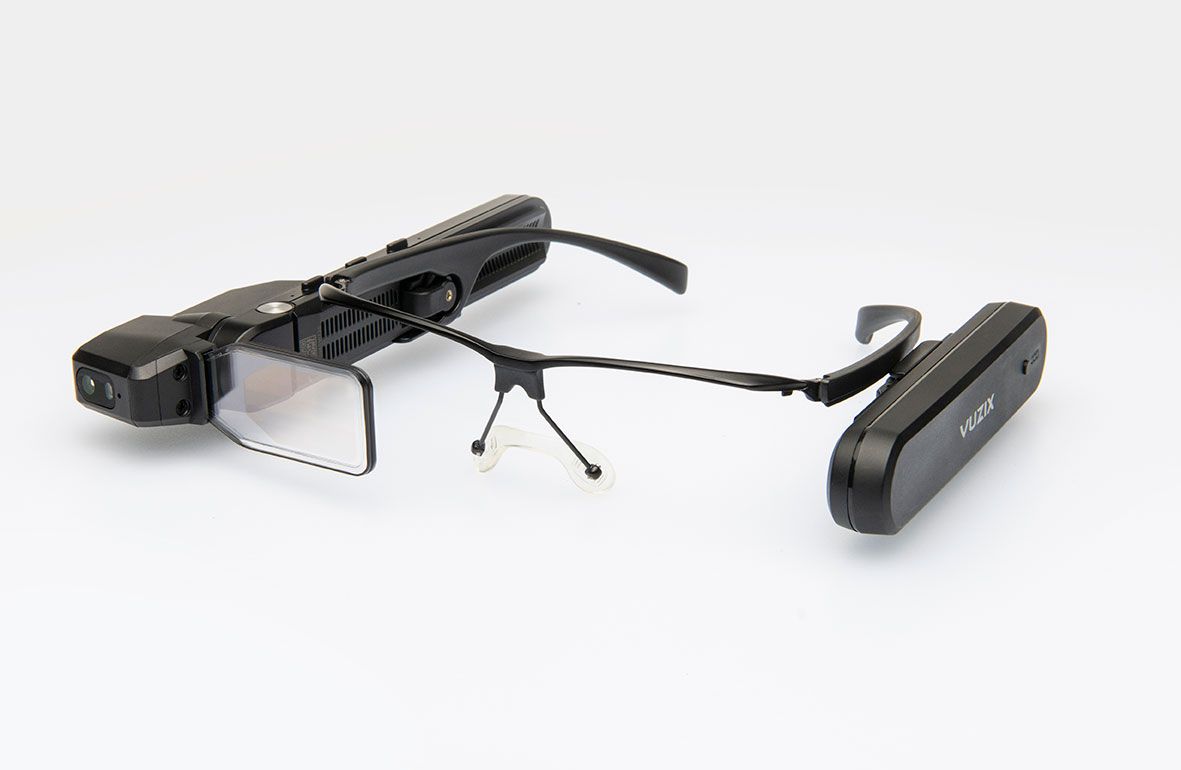
Smart glasses with revolutionary optics
- first smart glasses on the market using Vuzix Waveguide technology,
- see-through display,
- crystal-clear streaming quality,
- ultra-lightweight and comfortable – ideal for all-day use,
- versatile interface – physical buttons, swipe pad, and voice commands.
Conclusion
Augmented Reality and the wearable devices that support it (head-mounted computers) are a real step toward intralogistics transformation. They offer numerous benefits:
- greater process efficiency,
- error reduction,
- enhanced worker safety
Will AR work for your company?
Let’s find out together.
+48 663-005-108
rugged@elmark.com.pl

